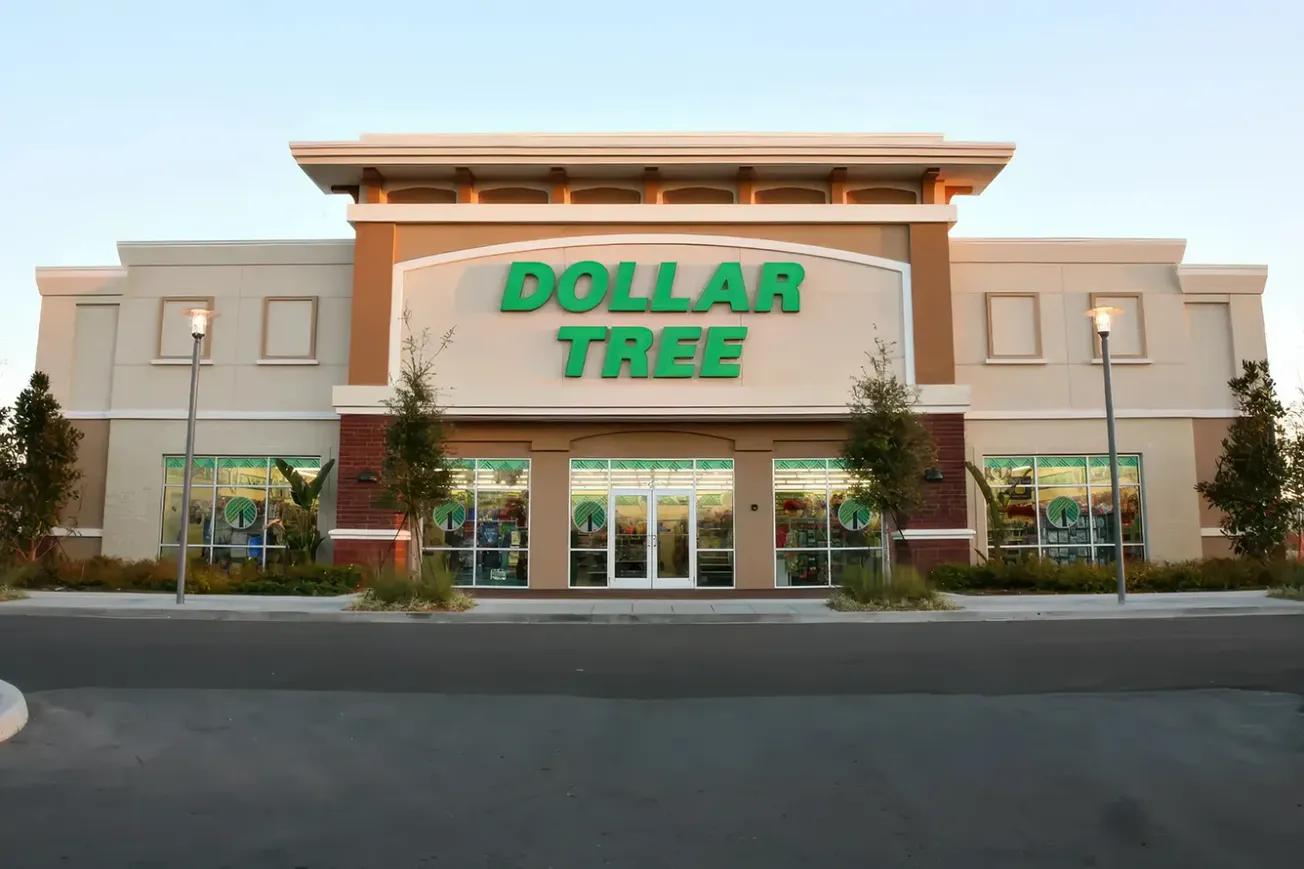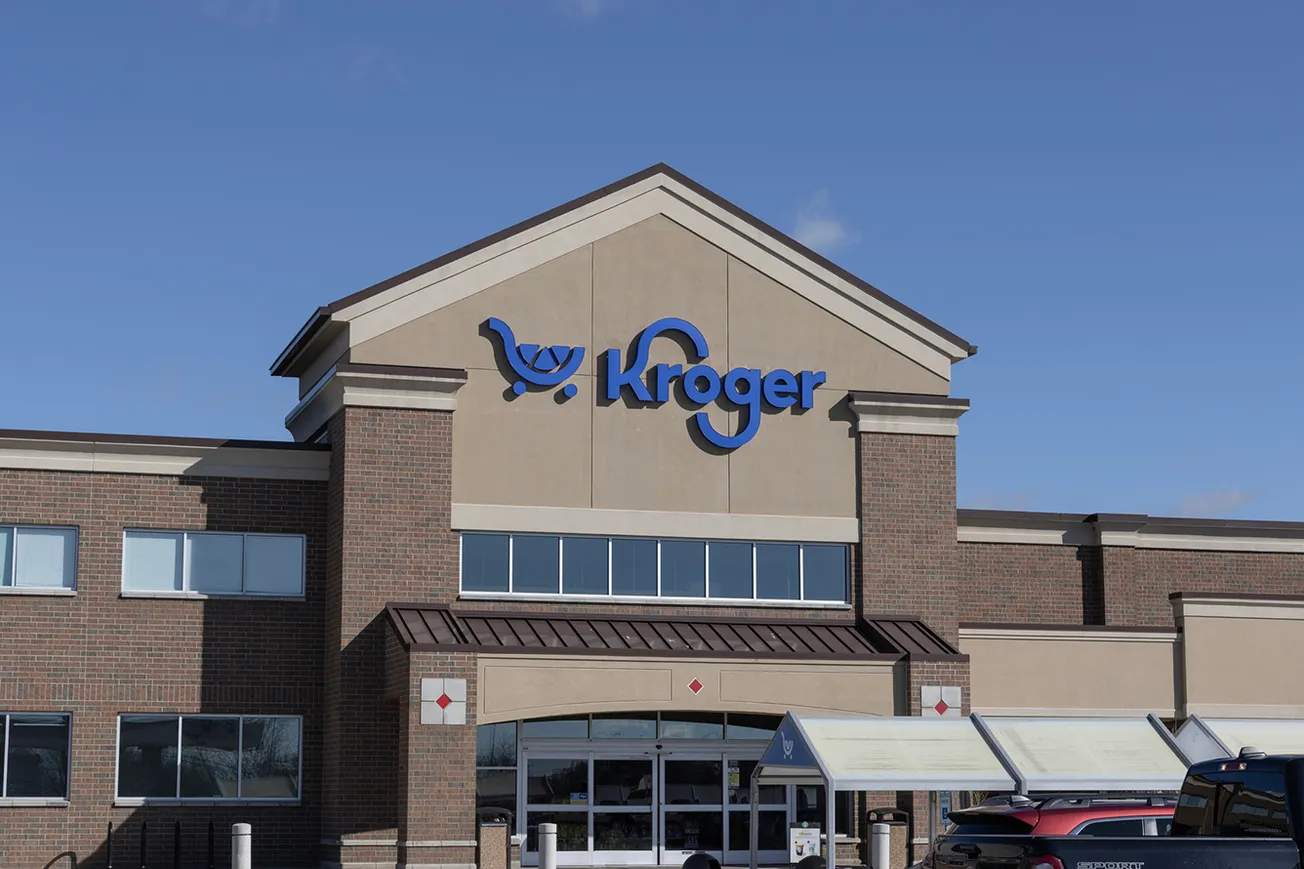WASHINGTON – The National Retail Federation has forecast that U.S. retail sales in 2025 will grow between 2.7% and 3.7% over 2024, reaching a total of $5.42 trillion to $5.48 trillion. The announcement was made during NRF’s fifth annual State of Retail & the Consumer virtual event, which focused on the health of American consumers and the retail industry.
“Overall, the economy has shown continued momentum so far in 2025 — bolstered by low unemployment and real wage gains — however, significant policy uncertainty is weighing on consumer and business confidence,” NRF President and CEO Matthew Shay said. “Still, serving customers will remain retailers’ top priority no matter what the economic environment.”
The projected growth aligns closely with the 10-year pre-pandemic annual sales growth average of 3.6% and follows a 3.6% increase in retail sales in 2024, which reached $5.29 trillion.

Non-store and online sales, which are included in the total retail sales forecast, are expected to grow between 7% and 9% year-over-year, reaching between $1.57 trillion and $1.6 trillion. This follows an 8.1% increase in 2024, when online sales totaled $1.47 trillion.
NRF anticipates GDP growth to slow to just below 2% in 2025, compared to 2.8% in 2024. NRF Chief Economist Jack Kleinhenz emphasized that consumer spending remains a crucial driver of the economy.
“Any way you look at it, a lot is riding on the consumer,” NRF Chief Economist Jack Kleinhenz said. “While we do expect slower growth, consumer fundamentals remain intact, supported by low unemployment, slower but steady income growth, and solid household finances. Consumer spending is not unraveling.”
“It’s the hard data on employment, income and tariff-induced inflation — not consumer sentiment — that supports our view of a slower trajectory for consumer spending,” he said.
With tariffs in place, NRF expects Personal Consumption Expenditures (PCE) inflation to remain around 2.5% in 2025. Household balance sheets appear stable, with delinquencies on auto loans and credit card payments rising slightly but still aligning with pre-pandemic trends. The overall consumer credit picture remains healthy, provided the labor market continues to show strength.
As the leading authority on the retail industry, NRF provides monthly retail sales data and annual forecasts for key retail periods, including the holiday shopping season. NRF’s retail sales calculations exclude automobile dealers, gasoline stations, and restaurants to focus on core retail trends.
NRF’s retail sales forecast is derived from economic modeling that incorporates various indicators, including employment, wages, disposable income, consumer credit, and historical retail sales data. The organization’s analyses also utilize data from U.S. government sources and the CNBC/NRF Retail Monitor, powered by Affinity Solutions.









